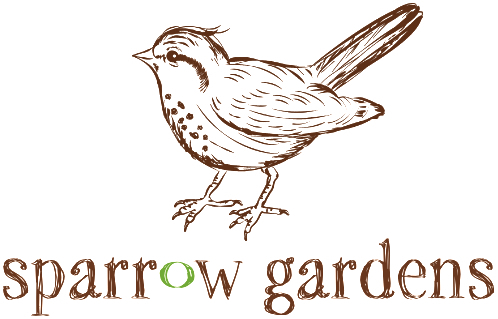fiddlehead ferns
fiddlehead ferns
If you’re a New Englander early spring signals the time to forage for fiddlehead ferns! These spring delights are only available for a few short weeks as they emerge from the ground usually in mid-to-late April (in our area). The fiddlehead name came about because the tightly coiled frond of the fern looks like a violin (fiddle) scroll before it unrolls into the full leaf. While most fern fronds begin as fiddleheads, only the ostrich fern (Matteuccia struthiopteris) has been deemed safe to eat.
finding
Fiddlehead ferns prefer a moist, shady location and can often be found wild in the woodlands along the banks of a river or stream. When foraging make sure you can identify the ostrich fern from among other wild ferns, or take along a seasoned forager for a guide. If you’d like to forage in your own back yard ostrich ferns make a beautiful addition to a shade garden, unfurling above hosta and European wild ginger. Ostrich ferns are perennial and will self-sow in the right location with the seed fronds they produce in the fall (these are not edible).
I have also on occasion found them at Whole Foods and other specialty grocers during the high season. Professional foragers follow the spring “unfurling” of the ostrich fern from Delaware to Maine and sell their harvest to restaurants and grocery suppliers.
harvesting
In spring when they first emerge the bright green fiddleheads are covered with a brownish “paper” and, if in the wild, will be surrounded by the old fronds from the previous year making identification easier. Make sure to remove only 2-3 fronds from each plant so there will be enough remaining foliage for the fern to survive.
Once picked fiddleheads don’t keep well so they should be consumed as soon as possible. One of the easiest ways to prepare them is to steam them then sauté them in butter, perhaps with a little garlic, and serve. They have a wonderful fresh-spring taste that is similar to asparagus but more earthy and all the more special because of the limited time they are available.
As the wild-food enthusiast Euell Gibbons said in his book Stalking the Blue-Eyed Scallop, “Not the least of the pleasures of early spring in New England is the enjoyment of fern fiddleheads, one of the greatest delicacies among wild vegetables.”
To listen to a Local Food Report story on fiddleheads on Cape Cod visit "Foraging for Local Ferns"
For a delicious sauteed fiddlehead fern recipe click here



